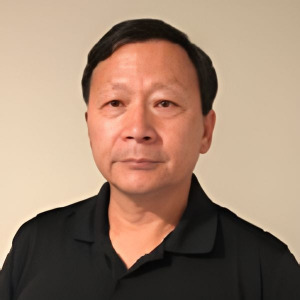Sericulture
Sericulture, the cultivation of silk-producing silkworms, is a vital component of agricultural practices. It involves the rearing of silkworms on mulberry leaves, with a focus on their metamorphosis into silk-producing pupae. This agricultural pursuit plays a crucial role in the textile industry, providing the raw material for the production of luxurious silk fabrics.
Sericulture is known for its economic significance, offering livelihood opportunities to many farmers and promoting rural development. Mulberry cultivation is integral to sericulture, contributing to sustainable agriculture and providing a source of income for farmers. The process involves careful management of silkworms, cocoon harvesting, and silk extraction, requiring specialized agricultural knowledge.
Beyond its economic impact, sericulture promotes biodiversity, as mulberry trees provide a habitat for various organisms. Additionally, the industry aligns with eco-friendly practices, emphasizing the use of organic methods and minimizing environmental impact.

Dachang Zhang
National Research Center for Geoanalysis and Water & Eco Crisis Foundation, United States
Srinivasa Rao Mentreddy
Alabama A&M University, United States



Title : Socioeconomic constraints in implementing integrated pest management (IPM) in crops and solutions for sustainability
Shashi Vemuri, Professor Jayashankar Telangana State Agricultural University, India
Title : Food security in the SDG era: Challenges, opportunities, and climate-smart solutions
Shabbar Ali, University of Agriculture Faisalabad, Pakistan
Title : Exploration of the insecticidal properties of Juniperus communis L. essential oil on the grain weevil
Tadjine Nacera, Blida1 University, Algeria
Title : Risk extension: A step to capability for building farmers’ resilience and adaptation to climate changes
Rasha Mohamed El Sayed Shabana, Agricultural Research Center, Egypt
Title : Development of Virginia mountain mint as a potential commercial crop in the southern USA
Srinivasa Rao Mentreddy, Alabama A&M University, United States
Title : Seed-cotton (or kapas) agricultural pollution and environmental health impact assessment
Vijayan Gurumurthy Iyer, Techno-Economic-Environmental Study and Check Consultancy Services, India